The term “terrace garden” can refer to two different types of gardens. A terrace garden is established on a terrace, roof, or patio, usually in a house with limited gardening space. It is common to find these types of gardens in urban areas, and they can also be found in restaurants and other establishments. You don’t have to worry about the size of your rooftop. Planning properly and putting in a little effort can transform your terrace into a garden.
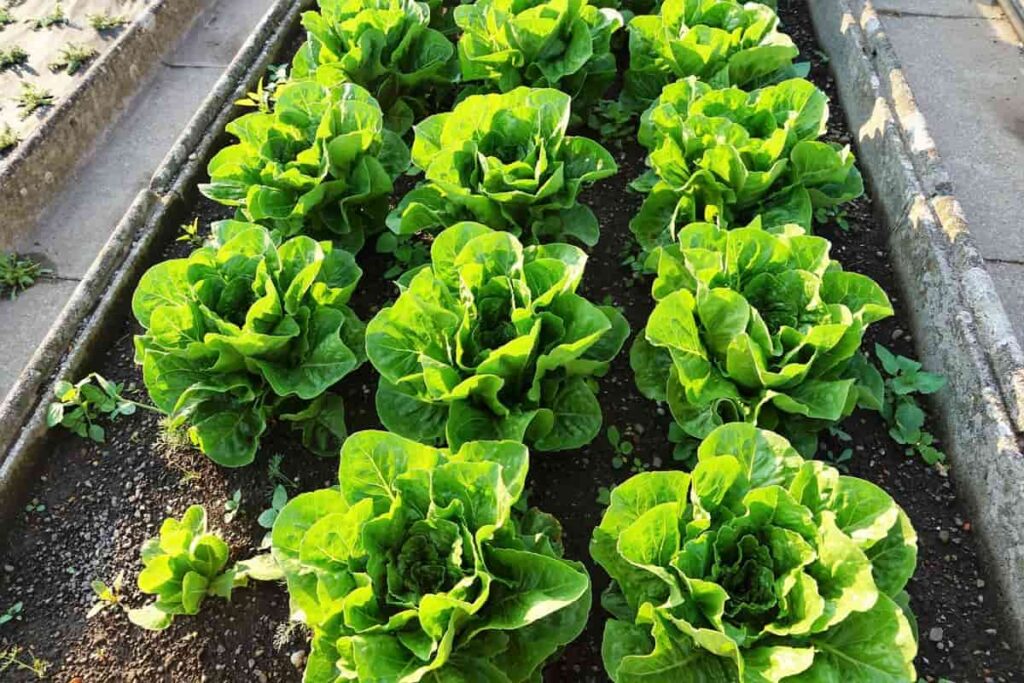
And also, there is no need to worry about the building cost of a terrace garden. Your terrace can be revamped in many ways, depending on how much time and money you want to invest. You can grow a terrace garden filled with dainty flowers, plump vegetables, juicy fruits, green herbs, or a combination.
Terrace gardens bring tranquility and peace to otherwise busy urban areas, so if you’re a garden enthusiast looking to get your hands dirty, you’ll love them. But unfortunately, most terrace gardens are built on patios, rooftops, and indoors where space and resources are limited.
Terrace gardening ideas for home in India
Wooden trellis to grow climbing vegetables
It is possible to grow plants upward on some support even if you have a lot of space to terrace your garden. However, air circulation is crucial to this idea. It helps prevent fungal diseases by keeping the leaves drier. Unfortunately, it will also cause the leaves to desiccate during hot, sunny, or windy times. However,
- The fruits and vegetables are lifted off the ground, splashed with soil, exposed to more diseases, and rotten.
- Plants grown on trellises receive more sunlight, which allows fruits to ripen faster and more photosynthesis to occur.
- It is harder for four-footed pests to reach the fruits, but it is not impossible. While munching, they will have to climb and support themselves.
- It is ideal for climbing vegetables such as bitter guard and cucumber, fruit plants such as grapes and watermelon, and flower plants such as jasmine and mogra.
Vegetables and fruits in grow bags
In place of pots and planter boxes, plants can be grown in plant grow bags. Plant grow bags are ideal for cultivating vegetables on terraces and balconies, and their lightweight design makes them easy to transport. Gardening in grow bags is an easy way to begin gardening almost anywhere. All you have to do is fill a few bags with soil, and you’re ready to go. There are many advantages of the UV-treated multi-layered plant grow bag:
- In addition to being spacious, unbreakable, highly durable, easy to transport, cost-effective, and eco-friendly, they also provide adequate aeration for the roots.
- Grow bags allow roots to breathe, unlike most containers. A plant with happy roots is a happy plant. Grow bag gardening has this advantage.
- The grow bags can easily be moved to the ideal location. For example, place your plants in a sunlit area in a cool climate, or give them shade if you live in a hot environment.
In case you missed it: Liquid Fertilizer Guide for Plants: How to Apply, Homemade, Types, Vegetables, Herbs, Lawn, Potted Plants, and Indoors
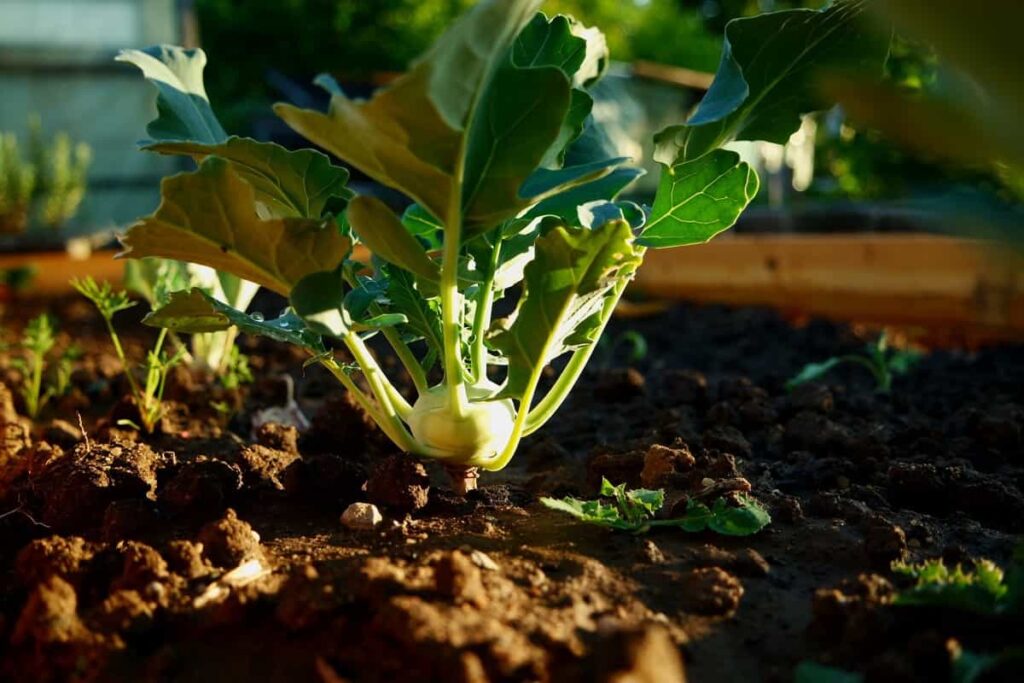
Arugula, radishes, lettuce, peppers, carrots, strawberries, potatoes, kale, green onions, cucumbers, eggplant, beets, and radishes grow well in grow bags. Whereas basil, dill, cilantro, sage, rosemary, thyme, garlic, parsley, oregano, ginger, turmeric, calendula, and dill all grow well in grow bags
A terrace vegetable garden in plastic containers
During the monsoon season, it is very interesting to spend time at home and plant vegetables in pots on the roof of your house. You can plant almost any vegetable you want. Make sure the pots you choose are large and deep. You should avoid using thin, low-quality plastic pots as they tend to heat up quickly and drain poorly. Selected plants to grow in plastic containers include tomatoes, cucumbers, radishes, beans, potatoes, onions, carrots, beetroot, lettuce, garlic, chilies and peppers, gourds, and eggplant.
Raised bed garden
Make a raised bed for your terrace vegetable garden if you are looking for a practical and stylish method. There are various vegetables you can grow in raised beds and many containers. Less maintenance and care are required for plants and are also less expensive. As with raised beds in regular gardens, those on the terrace are not fundamentally different. Online or in well-stocked hardware stores, you can find raised beds specifically designed for terraces.
All you require to do is figure out which one is best for you, or you can make your own raised beds, which is very easy. Check whether the terrace beneath it is waterproofed effectively before installing it. Raised Bed Gardens are ideal for growing crops such as tomatoes, potatoes, carrots, beetroots, etc. In addition, the raised bed garden is an excellent place to grow herbs such as spinach, curry leaves, mint, thyme, etc. Muskmelon, watermelon, strawberries, apples, cherries, and other fruits grow well in raised beds.
Integrate vegetable patch on the terrace
It is also possible to grow vegetables on the surface of your terrace by integrating a vegetable patch. Again, a large rooftop is the best place to do this. Making a vegetable patch is similar to making a normal garden bed. The integrated bed should be filled with soil like a regular garden bed. Most plants benefit from compost added to the soil as a natural fertilizer.
Creating a vegetable terrace garden in planter boxes
Vegetable gardens can be created with flower boxes and planters. If you have an existing railing or floor, you can hang these. These planter boxes should not be filled with ordinary garden soil. Alternatively, use compost-rich soil or quality potting mix. Depending on the plant, fertilizer is also essential to improve productivity. Peppers and tomatoes require a lot of fertilizer, while green leafy vegetables don’t. Flower boxes are suitable for cucumbers, tomatoes, garlic, chilies, herbs, radishes, and bush beans.
In case you missed it: Medicinal Plants Herbs Contract Farming in India: Profits, Companies for Tulsi, Ashwagandha, Brahmi, Aloe Vera, Shatavari, and More
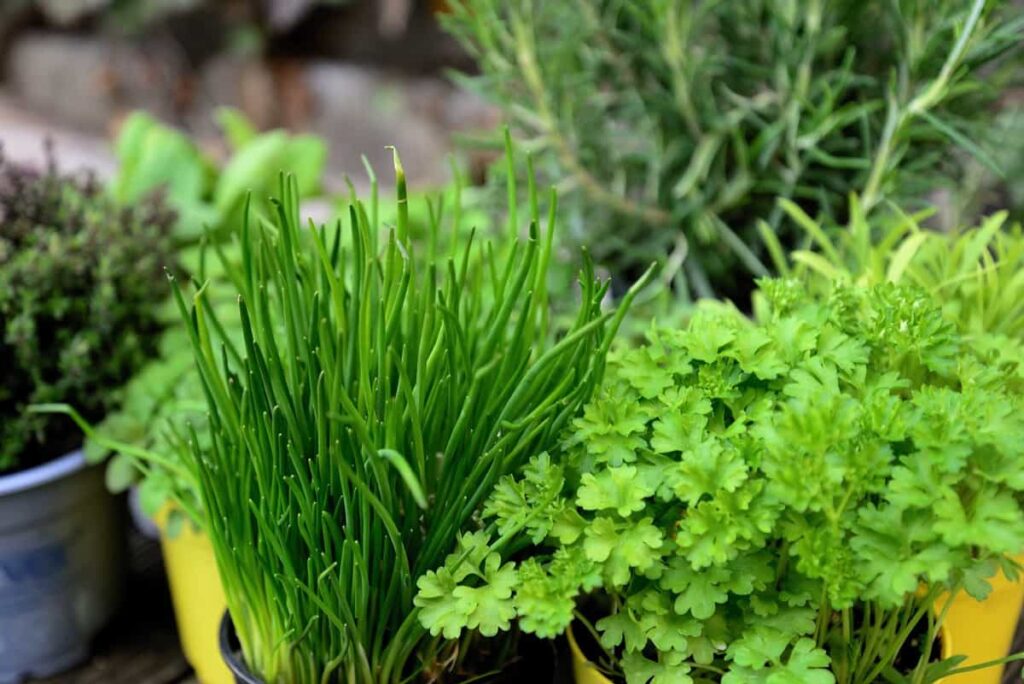
Repurpose sandboxes
Games are not the only thing that can be played in a sandbox. A small wooden sandpit can be converted into a large vegetable patch. You can decorate it and give your plants a comfortable growing place. The soil should be filled with quality compost instead of gravel for drainage. There are all kinds of small vegetables and herbs you can grow in the sandbox, but they are mostly low-growing and tend to spread too much.
Vertical gardening
Add more appeal to your rooftop garden by utilizing vertical space. Planters can be hung on the walls, railing planters can be used, and climbers can be grown in large numbers. In the new urban life, vertical gardens, roses in hanging baskets, or climbing figs on walls can be a part of your gardening. Furthermore, vertical gardening looks perfect and is visually appealing, in addition to providing relaxation and serenity.
Soilless gardening
The soil is the first thing people think of when they think of gardening. Despite this, plants do not require it to survive. Furthermore, it is much easier for gardeners to isolate infected plants with soilless gardening since it is mostly done in containers.
Building a green roof
It is usually beyond the scope of most gardeners to plant on rooftops. It requires careful structural engineering to support it. A green roof usually has a few inches of soil covering the entire surface. You are creating a large garden bed that you can walk on. Similarly to a backyard garden, you can plant your vegetables directly into the soil if you are lucky enough to have one.
Ornaments add to the aesthetic
Choosing a color palette will help you decide what plants are appropriate for your space and what ornaments will complement it. Select several shades of one color, e.g., choose an accent color and two to three colors that follow. When it comes to accentuating the greenery of plants, neutral colors are best. It would be wise to use neutral colors such as white, grey, tan, and beige for terrace gardens.
Fruit garden in plastic crates
Having a small terrace garden is made more accessible by using plastic bins. It makes a great raised garden bed for growing plants because it is readily available. You can create a fuss-free, decent-looking garden space with only a few steps.
In case you missed it: Vertical Strawberry Farming: A New Way to Increase Your Income and Yield
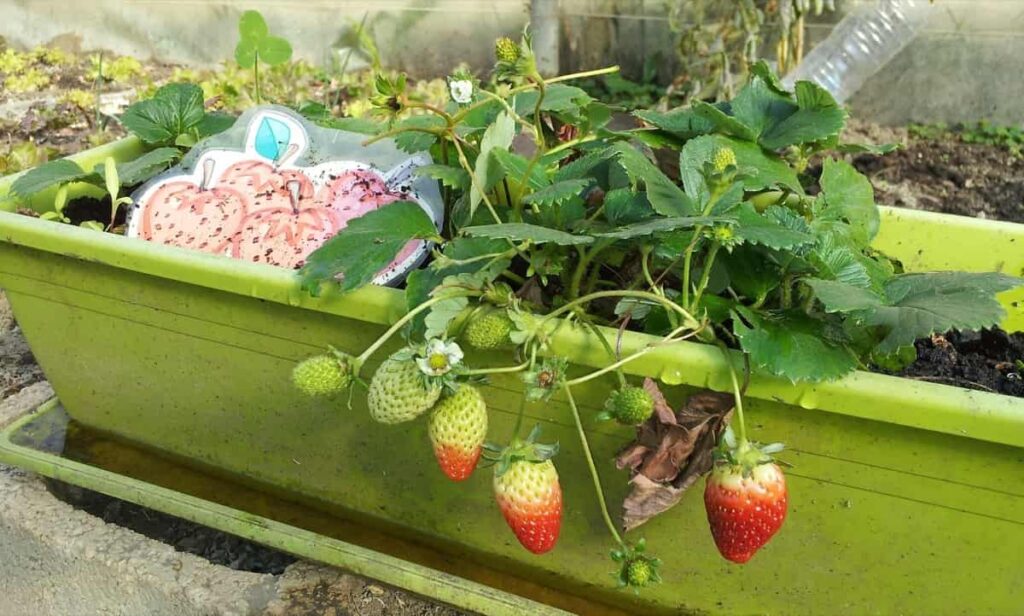
Find an old plastic crate in your store room and let your creative spirit come alive by making the most favorite thing you have always wanted to make. Plenty of quality plastic crates are available at any hardware store if you don’t have one on hand. Depending on the type of plants you would like to grow and the available space, you can get as many as you need.
Rooftop vegetable garden in burlaps
You may find a burlap grow bag the perfect solution to start gardening inexpensively and easily. Burlap grow bags are an excellent way to garden in small spaces and can be used for various plants. Plants such as herbs, vegetables, and flowers thrive in burlap grow bags, which are porous enough to promote drainage while retaining moisture. Moreover, burlap is a sustainable material that can be reused or composted after use.
Wire fencing trellis
Plants such as vegetables and herbs are best suited for climbing on it. Squash trellises are frequently made from wire fences mounted over A-frames or suspended from buildings. Like cucumbers and melons, squash vines have scratchy sticky tendrils that will grab hold of anything nearby.
Reuse wooden trunks
Wooden trunks can also be used for growing large, beautiful vegetable patches. Wooden trunks, which give your plants a lot of space to grow, are aesthetically pleasing and eye-catching. You can grow various small vegetables and herbs on these trunks, mostly low-growing veggies that spread more widely. Radishes, herbs, garlic, lettuce, spinach, ginger, Asian greens, and many other green leafy vegetables can be grown on your trunks.
Tiered raised garden bed
By creating raised gardens from tires, you can separate your plants visually and make them easier to identify. Moreover, the tiers offer three planting depths to accommodate different root requirements. Fill each box with the appropriate soil type if your flowers or vegetables require different kinds of soil.
Tripod or teepee constructed of three bamboo poles
It is totally a different story when it comes to pole beans. These plants can send their shoots as high as 10 to 20 feet into the air. Stems are not unusual to wind around anything they can reach, including other plants. Pole beans are commonly trellised with tripods or teepees constructed from bamboo poles.
It works exceptionally well when you add a few lengths of string or twine to get them started. A short teepee is not the only way to trellis bean plants, and some taller varieties will double over themselves. There might be a better choice for these if you choose a longer trellis or arbor.
Planting in pots
You can make your plants’ lives easier by using pots. Pots and containers are perfect for growing almost anything. It is recommended that you pick your pot according to the size of the plant you are about to grow and choose larger pots for better drainage and space.
Good quality soil is your most important investment for your plants. It won’t be a good idea to use regular gardening soil. Use a good-quality potting mix for your vegetables or make your own by combining one-third gardening soil, one-third compost, and one-third asbestos-free vermiculite.
Hydroponic terrace kitchen garden
In hydroponic gardening, plants are grown in water and nutrients instead of soil, which is ideal for terrace gardening. Growing plants and vegetables year-round and much faster with a hydroponic system is possible. When plants are grown this way, they typically yield more, are more space-efficient, and require less water. The answers for how to start a hydroponic garden are simple if you do not have an outdoor gardening space and live in an apartment.
You can purchase the correct hydroponic system and kit with all the essential components in any store. This method can be used to grow cherry tomatoes, cucumbers, snap peas, Brussel sprouts, thyme, oregano, basil spearmint, summer squash, watermelon, pumpkin, mustard greens, sweet peppers, strawberries, bottle gourds, bitter gourds.
Slig or a cradle
Winter squash and pumpkins are heavier and will need a sling or cradle. Like melons, pumpkins need a stretchy fabric to tie under their fruits and to keep them from detaching and falling off their vines. Old pantyhose or T-shirts work well. Let the vines ramble on the ground is much easier if there is enough space.
Vegetables in plastic bags and drums
Due to their size, some unconventional large containers, such as plastic drums, are ideal for growing vegetables. Although a 55-gallon drum requires some preparation before planting vegetables, it is durable and will last for several planting seasons. Ensure the drum does not contain chemicals because they may leach into the soil.
Covered kitchen garden on a terrace or shade is often needed
During the summer, a well-designed terrace can become a perfect outdoor retreat, but the scorching heat makes it uncomfortable to use. Create a shaded spot that transforms into a landscape feature and enhances the overall appearance of your terrace by using these ideas.
Terrace garden with metal stands
Ladder Stand
With a ladder planter, you can display flowers, herbs, and greenery without taking up much space on the floor. The ladder can be made with metal or wood. You can also make this ladder at home.
In case you missed it: How to Grow Cucumber Plants Faster: Best Tips to Increase Flowering, Fruiting, and Production Yield
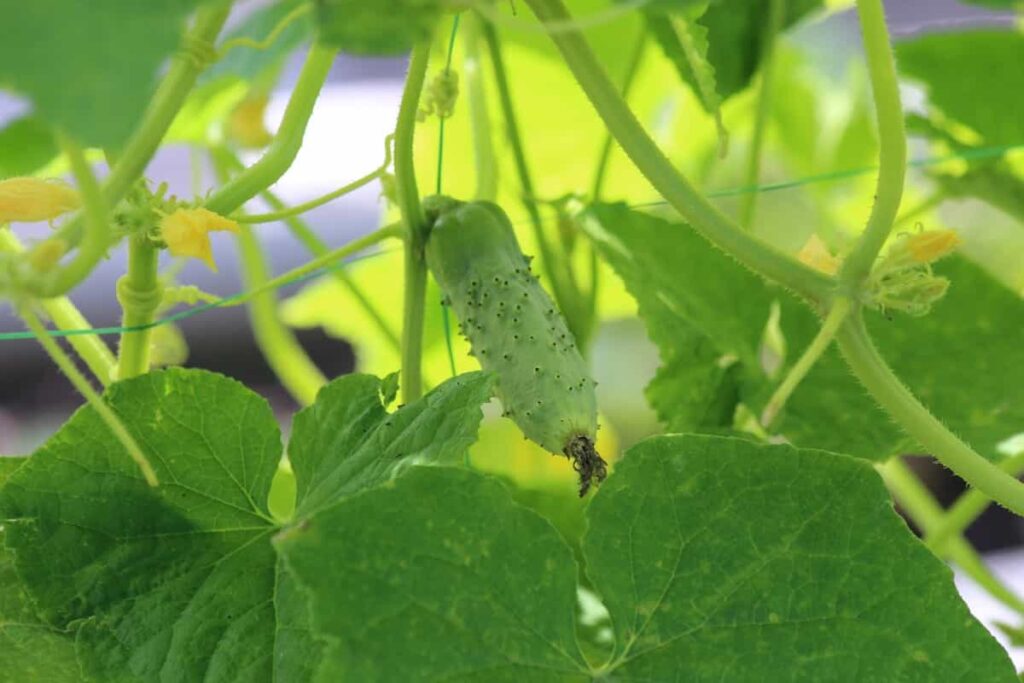
Circular Metal Stand
This stand will be ideal if you want to displant several pots in a small area. It creates a more authentic look to your terrace garden, and you can access all the pots on the stand.
Ivy walls that explore your space
You can also enhance your privacy and add something unique to your balcony by building a fence around your rooftop or using your terrace walls and covering them with ivy. English Ivy, Boston Ivy, Algerian Ivy, and Persian Ivy are just a few of the fast-growing crawling Ivy plants that produce large leaves.
Use cinder blocks
Concrete cinder block raised garden beds to have many advantages over metal or wood-raised garden beds. However, the iron will rust after a while, and the wood will decay in the soil. Since cinder blocks won’t decay or rot, they are more popular for home gardening. After filling them with soil, you can plant your favorite plants in these cinderblocks.
Some plant varieties suitable for a terrace garden
| Vegetables | Herbs | Flowers | Fruits |
| Tomatoes | Thyme | Hyacinths | Strawberry |
| Cucumbers | Rosemary | Tulip bulbs | Apricot |
| Okra | Sage | Hibiscus | Lemon |
| Eggplants | Lavender | Roses | Raspberry |
| Chillies | Mint | Mogra | Guava |
| Pumpkin | Lemongrass | Ixora Plant | Peach |
| Bottle gourd | Lettuce | Marigold | Avacado |
In case you missed it: Top 4 Jasmine Flowering Plants for Fragrance: How to Grow, Care, and Make Bushy for More Blooms
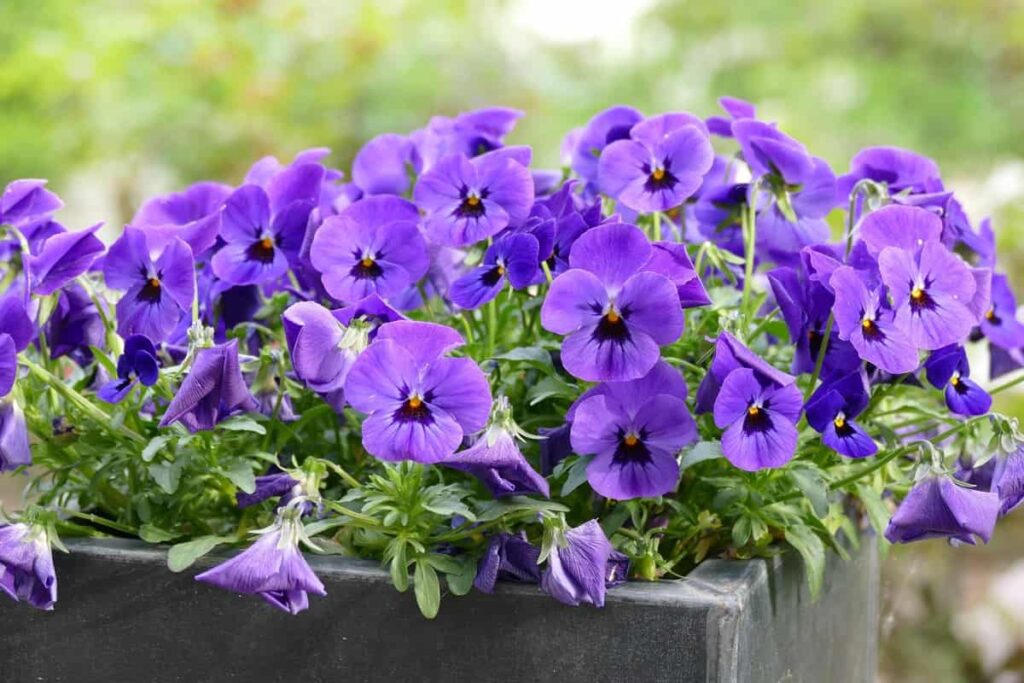
Conclusion
City life can be challenging for people who love being close to nature and surrounded by greenery. But, unfortunately, there is less space, more pollution, and more hustle and bustle. But, if you grow a garden on your terrace, you can create a tropical oasis that provides you with daily freshness. If you live in the following states and plan to start a terrace garden at home in India for vegetables, flowers, fruits, and herbs, this blog post would be helpful.
| Andhra Pradesh | Karnataka |
| Arunachal Pradesh | Kerala |
| Assam | Madhya Pradesh |
| Bihar | Maharashtra |
| Chhattisgarh | Manipur |
| Goa | Meghalaya |
| Gujarat | Mizoram |
| Central India | South India |
| Haryana | Sikkim |
| Himachal Pradesh | Tamil Nadu |
| Jharkhand | Telangana |
| Nagaland | Tripura |
| Odisha | Uttar Pradesh |
| Punjab | Uttarakhand |
| Rajasthan | West Bengal |
| North India | West India |
- Sheep Farming Business Plan for Beginners
- Aquaponic Farming at Home: A Step-By-Step Guide
- Profitable Village Farming Business Ideas in 2024
- High-Yield Aquaculture: Fast-Growing Fish for Farming
- Effective Fish Pond Construction Techniques for Beginners
- Irrigation and Water Management in Pineapple Farming
- Blossom to Harvest: Mastering Flowering and Pollination in Papaya Farming
- Pig Fattening Essentials: From Selection to Sale for Beginners
- Raising Wagyu Cattle: A Complete Guide for Premium Beef Production
- Soil Types and Their Water Holding Capacity
- Optimizing Irrigation Schedules for Coconut Groves for Enhanced Yield
- Espresso Your Garden: Coffee Grounds for Healthier Acid-Loving Plants
- The Best Soil Mix for Snake Plants: How to Mix Your Own Snake Plant Soil
- Green Thumb Success: Expert Tips for Cultivating Greenhouse Beans All Year Round
- Bloom All Year Round: The Ultimate Guide to Indoor Hyacinth Care
- Eco-Friendly Gardening: How to Make Liquid Fertilizer from Kitchen Waste
- Ultimate Guide to Grow Anise in Pots: Explore Seed Propagation to Harvesting
- Guide to Raising Chester White Pigs: Discover Breed Facts to Growth Management
- Mastering the Elegance: The Ultimate Guide to Weeping Cherry Tree Care, Planting, and Maintenance
- Ultimate Guide to Planting Garlic in Grow Bags: Growing Strategies for Beginners
- How to Fix Spider Plant Leaf-Related Problems: Natural and Organic Remedies
- 10 Reasons Why Your Tulsi Plant is Shedding Leaves: Home Remedies and Solutions
- Optimizing Growth and Yield: The Advantages of Palm Bunch Ash Fertilizer
- Utilizing Neem Oil Extract as a Natural Pesticide for Hydrangea
- From Soil to Harvest: Various Ways in Which Farmers Can Use AI Tools
- Steps to Encourage and Induce Citrus Flowers: A Comprehensive Guide
- How to Fix Snake Plant Leaf-Related Issues: Natural and Organic Remedies
- Transform Your Garden into a Fragrant Oasis with Raat Ki Rani (Night Blooming Jasmine)
- Discover the Ideal Chicken Breeds for Philippine Farms
- How to Create a Poultry Egg Farm Business Plan for Profits
- Grow Lemon Cucumbers Like a Pro: Insider Techniques for Bountiful Yields
- Ultimate Guide to Caring for Your Pink Princess Philodendron: Tips for Thriving Variegation
- Areca Nut Profit Per Acre: Calculating Yield and Cost of Cultivation
- How Kaveri Chicken is Becoming a More Profitable Breed in Indian Backyards
- Transform Your Barn: 9 Steps to Convert a Horse Stall into a Chicken Coop
- Exploring Suffolk Sheep Disadvantages with Limitations and Challenges
